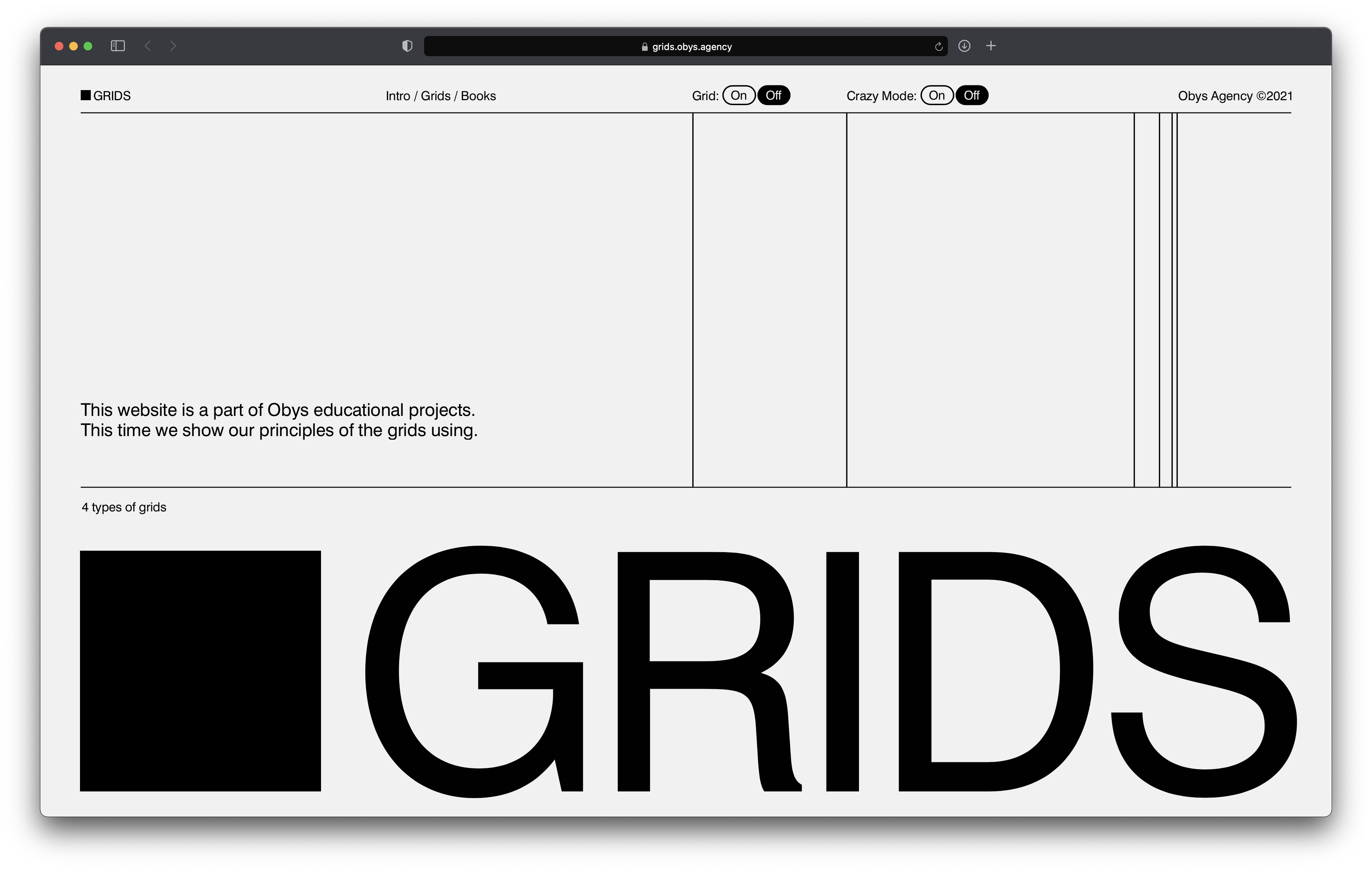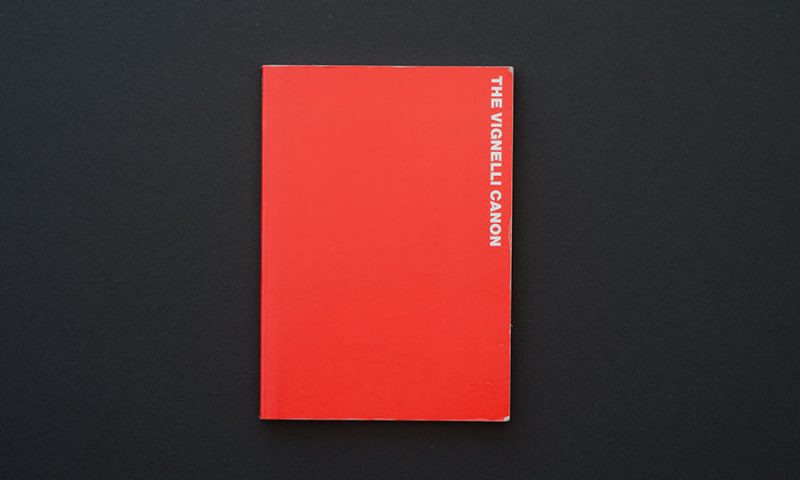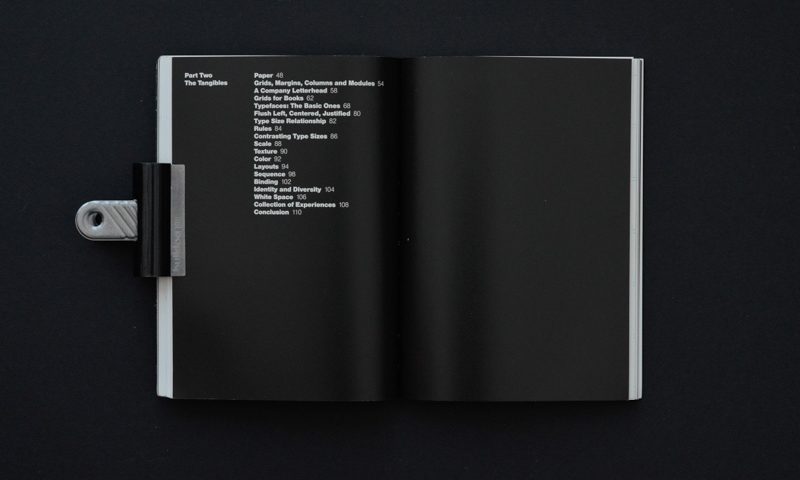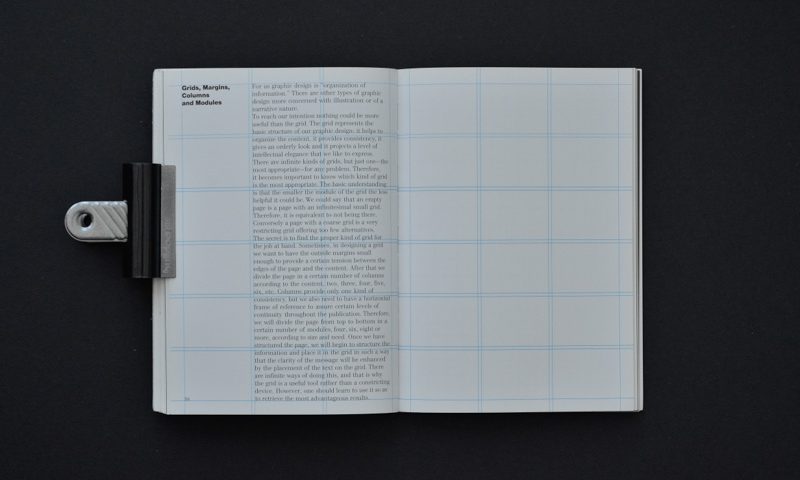Assignment 08
Grids & Structure: Organization
Take feedback from todays class and continue to refine your zine. We will discuss your publication as a whole, considering your front cover, back cover, rhythm and flow. Print your booklet using InDesign’s print booklet feature. Consider finishing options you have available. Paper choice, printing quality, and binding method are key components to a refined publication. At minimum, saddle stitch your pages together, with a heavier cover weight sheet wrapping your text pages. Exploring other methods are encouraged. To summarize, your type specimen should include:
Requirements
—Character Set, upper and lowercase with punctuation and numerals
—Example text setting, from 10pt to 70pt in 10pt increments
—3 spreads highlighting unique characteristics of your typeface
—Minimum 5 page history describing the story of your typeface

Background
The Grid, as exemplified by Obys Agency. This site documents their different grid structures in various projects. “The grid divides an available surface into a number of proportioned subdivisions serving the needs of the work in hand, and provides a visual structure on which the design can be based. The grid makes it possible to bring all the elements of design - type, photography, illustration and colour - into a formal relationship to each other; that is to say, the grid system is a means of introducing order into a design. A deliberately composed design has a clearer, more neatly arranged and more successful effect than an advertisement put together at random. The grid system is an aid, not a guarantee. It permits a number of approaches, and each designer can look for a solution appropriate to the object in view and congenial to his personality. But one must learn how to use the grid system; it is something that has to be practised. Each task calls for a grid suited specially to itself. It must enable the designer to arrange the captions, photographs and illustrations so that they are each as visually effective as their importance warrants, but yet form an ordered whole.” — Josef Müller-Brockmann, The Graphic Artist and his Design Problems (link)

Background
Published in 2010, The Vignelli Canon distills Massimo Vignelli’s core design principles into a holistic book. This is a great place to start if you’re struggling with your grid. Specifically, read Part II titled “The Tangibles”. Massimo goes over the various steps into designing a publication, deciding on an appropriate grid, and organizing information. (link)



Background
If you are searching for inspiration, consider visiting Printed Matter and McNally Jackson. Printed Matter is the world’s leading non-profit organization dedicated to the dissemination, understanding and appreciation of artists’ books. The term ‘artists’ books’ refers to publications that have been conceived as artworks in their own right (unlike a monograph or catalog). For a great selection of contemporary magazines, art books and other publications visit a McNally Jackson location in SOHO, Williamsburg or the Financial District.